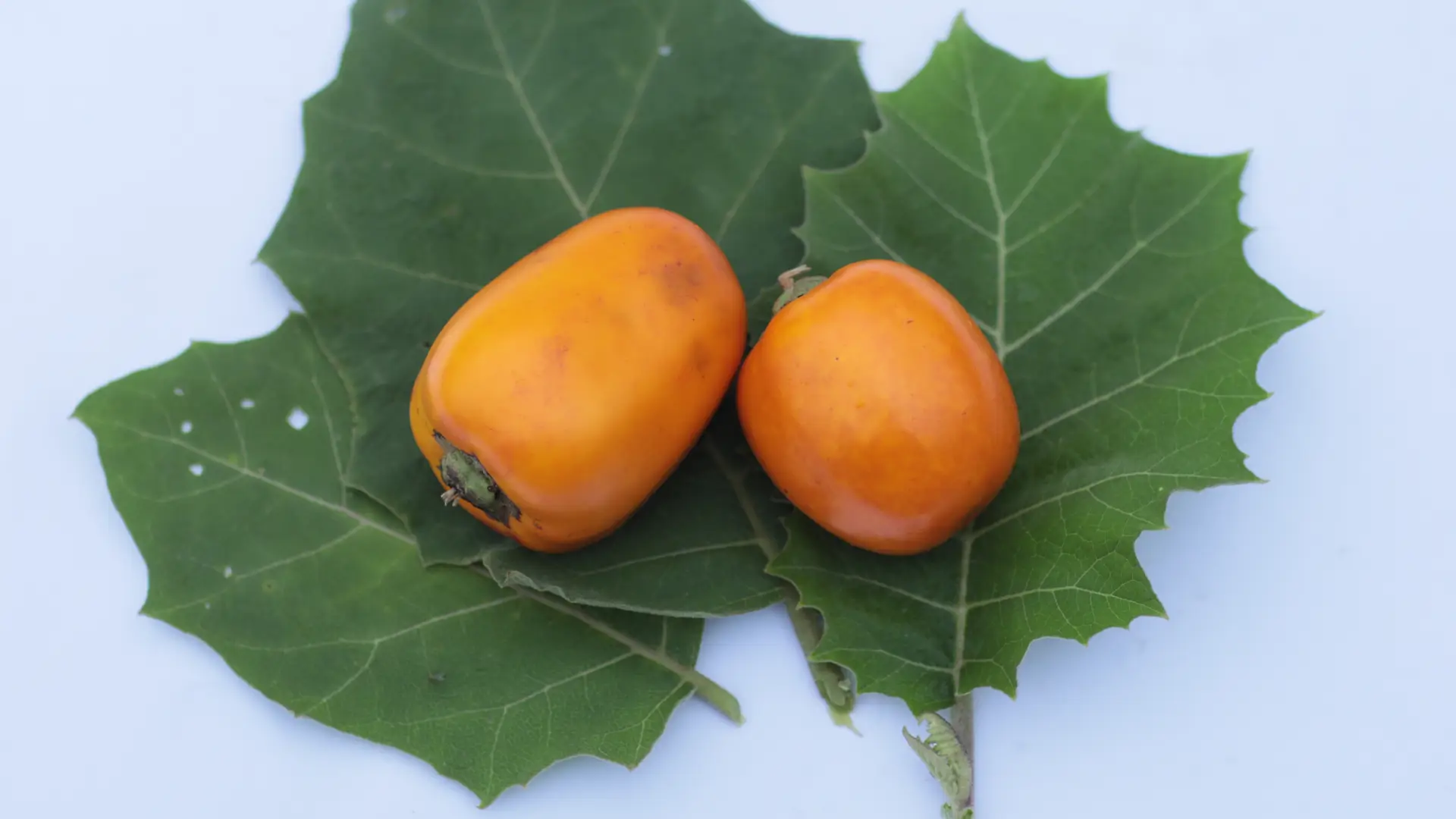
Cocona Superfruit: Healthy & Modern Culinary Applications
Deep within the Amazon rainforest, where biodiversity thrives and ancient traditions shape daily life, grows a vibrant orange fruit that’s rewriting the rules of modern gastronomy: Cocona. Long overshadowed by its celebrity cousin, the açaí berry, Cocona is now stepping into the spotlight, captivating bartenders, pastry chefs, and culinary innovators with its bold flavor and nutritional punch. This isn’t just another superfruit—it’s a versatile ingredient that bridges the gap between rainforest heritage and cutting-edge creativity.
From Rainforest to Kitchen: The Story of Cocona
Cocona (Solanum sessiliflorum) has been a staple in Amazonian communities for centuries. Indigenous groups revere it not only as a food source but also as a symbol of vitality, often calling it the “fruit of the jaguar” for its rumored stamina-boosting properties. Harvested by hand in Peru and Brazil, Cocona grows in the dappled shade of the rainforest understory, its tart, citrus-like flavor balancing the region’s rich culinary traditions. Today, ethical suppliers like Campodrim work directly with local cooperatives, ensuring sustainable harvesting practices that protect both the environment and the livelihoods of Amazonian families.
Cocona’s Nutritional Power: A Superfruit for Modern Creatives
What makes Cocona a standout in the crowded superfruit arena? For starters, its nutritional profile is a goldmine for health-conscious professionals. A 100-gram serving packs 32mg of vitamin C (35% of your daily value), alongside iron, potassium, and antioxidants like anthocyanins. These compounds aren’t just buzzwords—they translate to real benefits for culinary artists. Vitamin C supports collagen production (a boon for skin health during long shifts), while iron combats fatigue, and antioxidants help reduce inflammation. For bartenders crafting zero-waste menus or chefs designing vegan desserts, Cocona’s gluten-free, low-calorie, and vegan-friendly nature makes it a seamless addition to modern recipes.
Mixology Magic: Elevating Cocktails with Cocona
Imagine a cocktail that dances on the palate with bright acidity and a touch of tropical mystery. That’s the magic of Cocona. Its flavor—a lively hybrid of lime, tomato, and passionfruit—adds complexity to both classic and avant-garde drinks. Take the Amazonian Sunset, for example: a mix of pisco, Campodrim Cocona puree, lime, and chili syrup, shaken to perfection and garnished with an edible orchid. The puree’s smooth consistency ensures no pulp interferes with the texture, a detail busy bartenders will appreciate. For a smoky twist, pair Cocona with mezcal or infuse it into shrubs for a zero-waste syrup. The fruit’s acidity also makes it a natural partner for sweeteners like agave or tropical fruits, balancing flavors without overpowering the spirit.
Pastry Innovation: Cocona’s Role in Dessert Artistry
Pastry chefs are no strangers to pushing boundaries, and Cocona offers a fresh canvas for experimentation. Its tartness cuts through rich desserts, adding sophistication without overwhelming sweetness. Picture a Cocona-white chocolate mousse, where the fruit’s zing elevates the creamy base, or a vegan cheesecake swirled with Campodrim’s puree for a vibrant, Instagram-worthy finish. For a playful twist, freeze the puree into popsicles blended with coconut milk—a refreshing palate cleanser for tasting menus. Even savory dishes benefit; Cocona’s acidity brightens sauces and glazes, proving its versatility beyond the bar or dessert plate.
Sustainability and Ethics: Sourcing Cocona Responsibly
In an era where diners demand transparency, Cocona’s story matters as much as its taste. Ethical sourcing is non-negotiable, and brands like Campodrim prioritize partnerships with Amazonian harvesters, ensuring fair wages and eco-friendly practices. By choosing sustainably sourced Cocona, professionals support rainforest preservation and cultural heritage. Bonus tip: Leftover puree pulp can be repurposed into syrups or composted, aligning with zero-waste kitchen goals.
FAQ: Answering Top Questions About Cocona
What does Cocona taste like?
Think citrus meets tomato with a tropical twist—bright, tangy, and slightly earthy. It’s milder than camu camu but more complex than açaí.
Can I use Cocona in vegan recipes?
Absolutely! Its natural acidity and lack of gluten or dairy make it ideal for vegan desserts, cocktails, and even savory dishes.
Is Cocona environmentally friendly?
When sourced responsibly (like Campodrim’s puree), yes. Ethical harvesting protects biodiversity and supports Amazonian communities.
Cocona—Where Tradition Meets Creativity
Cocona isn’t just a fruit; it’s an invitation to reimagine what’s possible in the culinary arts. From cocktails that tell a story of the rainforest to desserts that challenge convention, this Amazonian gem empowers creatives to innovate while honoring tradition. Ready to embark on your Cocona journey? Explore Campodrim’s premium puree —your gateway to a world where health, sustainability, and creativity collide. The next culinary revolution might just be hiding in the heart of the Amazon.